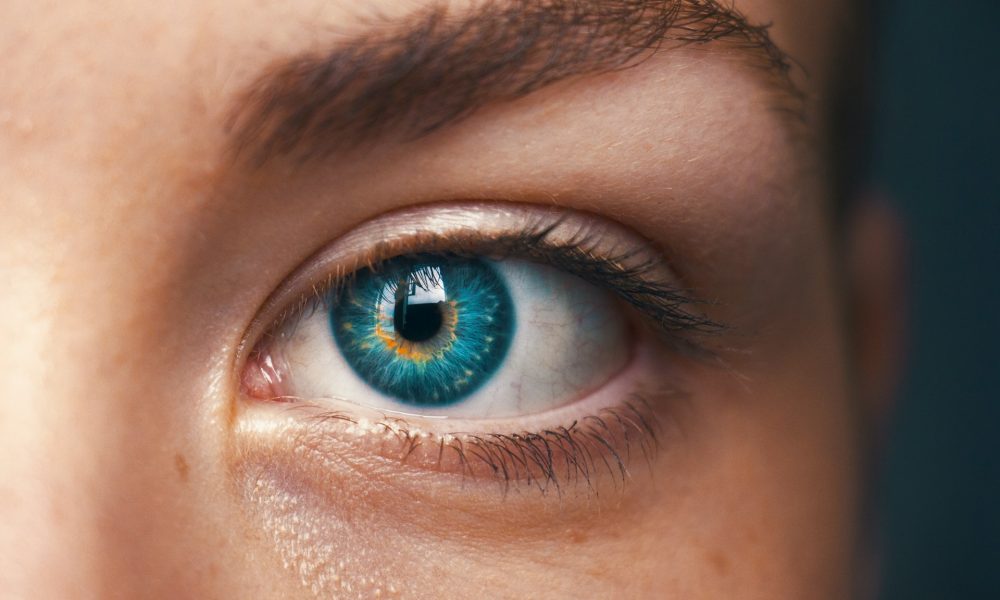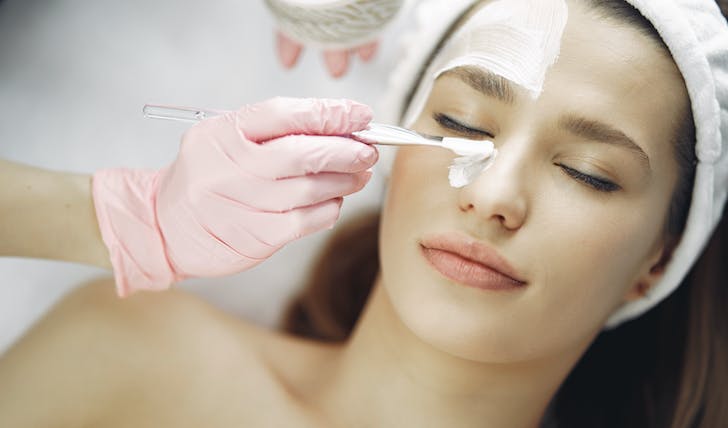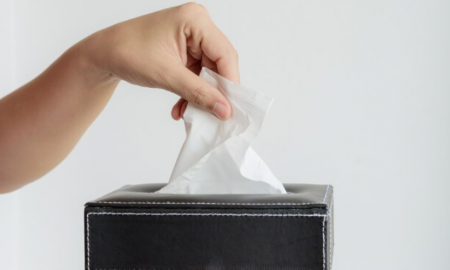
Everything You Need to Know About Malar Edema

In the quest for youthful radiance and the perfect cheek contour, many of us have ventured into the realm of cosmetic treatments, with dermal fillers leading the charge. However, there is a lesser-known side effect that can sometimes throw a wrench in the works: Malar edema.
While not widely discussed outside of aesthetic circles, this intriguing condition can be a puzzling outcome of facial enhancements.
What Exactly Is Malar Edema?
Imagine you Have just had a filler treatment, envisioning yourself with those perfect, sculpted cheeks, only to wake up to unexpected puffiness in the cheek area. Welcome to the world of malar edema. This condition is characterized by swelling in the malar, or cheek, region of the face.

Molly / Pexels / Essentially, Malar Edema is an abnormal accumulation of fluid just above the cheekbones.
However, it is not your everyday puffiness from a bad night’s sleep. Malar edema is a specific type of swelling related to lymphatic drainage issues and changes in the vascular and tissue structures of the face, often triggered by cosmetic procedures.
What Are the Causes of Malar Edema?
You are probably wondering, “What causes this unwelcome guest?” The answers are as varied as our facial structures:
- Dermal Fillers: The main culprits are often hyaluronic acid-based fillers. When injected into the cheeks, these fillers can sometimes obstruct lymphatic drainage or accumulate water, leading to swelling.
- Technique and Placement: How and where fillers are injected plays a significant role.
- Individual Anatomy: Some people are simply more prone to malar edema due to their unique facial anatomy or a predisposition to poor lymphatic drainage.
What Are the Symptoms of Malar Edema?

Valeria / Pexels / Too much filler or improper placement can exacerbate the risks of Malar Edema.
Identifying malar edema involves looking out for specific signs. The hallmark symptom is swelling in the cheek area, which can vary from mild to quite pronounced. However, this is not your standard inflammation or bruising from the injection though. It is a distinct puffiness that feels softer and persists longer.
Some individuals might also notice a slight discomfort or a weird sensation in the affected area. But it is the visual aspect that usually rings the alarm bells.
What Are the Treatment Options For Malar Edema?
If you find yourself facing malar edema, do not despair. The silver lining is that there are several effective strategies to manage and treat this condition. Here is a rundown of the options:
Patience and Time
Sometimes, the best approach is to wait it out. Malar edema can resolve on its own as the body gradually adapts to the filler and lymphatic drainage improves.

Gustavo / Pexels / Manual Lymphatic Drainage (MLD) is by far the best treatment option for Malar Edema after fillers.
This gentle massage technique can help reduce swelling by encouraging lymph flow. It is a popular choice for speeding up the recovery process.
Plus, keeping well-hydrated can assist in managing swelling, while reducing salt intake might help minimize fluid retention.
Dissolving the Filler
In cases where the edema is significantly bothersome or persistent, a professional might suggest dissolving the filler with an enzyme like hyaluronidase. This can quickly reduce swelling but will also reverse the filler’s effects.
Preventive Measures
For those considering fillers, discussing the risk of malar edema with your practitioner beforehand can help tailor the treatment to minimize risks. Techniques such as using less filler, opting for strategic placement, or choosing a different type of filler can all play a role in prevention.
So, remember, beauty adventures come with their ups and downs. But armed with knowledge and a proactive approach, you are well-equipped to handle whatever comes your way.
More in Plastic Surgery
-
`
How Long Does a Non Surgical Nose Job Last?
The allure of a sculpted nose without the downtime of traditional surgery has captivated many. Non-surgical rhinoplasty, often dubbed a “liquid...
August 11, 2024 -
`
How to Plan a Trip to Italy and Greece
Italy and Greece stand out as two of Europe’s premier travel destinations, each offering a unique blend of historical grandeur, stunning...
July 31, 2024 -
`
Are Makeup Wipes Bad for Your Skin?
In the quest for quick and convenient skincare, makeup wipes often seem like a miracle solution. However, if you’re wondering, Are...
July 26, 2024 -
`
How to Do Ab Workouts During Pregnancy?
Maintaining core strength is vital, but can you do ab workouts while pregnant? This question is common among expectant mothers eager...
July 19, 2024 -
`
5 Seamless Ways to Minimize BBL Scars
Undergoing a Brazilian Butt Lift (BBL) is an exciting decision for enhancing your body contour. However, BBL scars can be a...
July 12, 2024 -
`
Best Places for Birthday Party Fun for All Ages
Celebrating your birthday at an exciting venue can add that extra spark to your special day, whether you’re with family, friends,...
July 2, 2024 -
`
Skincare for Sensitive Skin: Top 6 Products to Try
Taking care of sensitive skin can be a challenge. With so many products on the market, finding the right ones that...
June 28, 2024 -
`
How to Build Muscles & Gain Mass After 50
Are you wondering how to build muscle mass after 50? You are not alone. Many people think that hitting the big...
June 20, 2024 -
`
How to Speed Up Your Nose Job Recovery Time
Undergoing a rhinoplasty is an exciting step towards a new appearance, but it comes with a recovery period that requires patience...
June 15, 2024















You must be logged in to post a comment Login